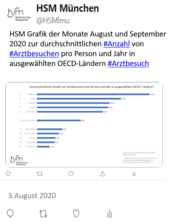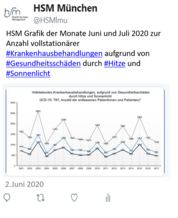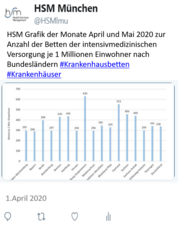Associations between contextual and compositional characteristics of early childcare facilities with health, health behaviours and well-being among young children aged 06 years: protocol for a scoping review
| Autoren/Herausgeber: |
Hilger-Kolb, J. Schneider, S. Herr, R. Osenbruegge, N. Hoffmann, S. Herke, M. Pischke, C. Sundmacher, L. Diehl, K. |
|---|---|
| Erschienen: | 2020 |
| Publikationsart: | Articles in Refereed Journals (International) |
| erschienen in: | BMJ Open |
| Weitere Quellenangabe: | Volume 10(9) |
| Zusatzinformation: | DOI: 10.1136/bmjopen-2020-037038 |
Abstract
Introduction
Early childhood is an important life stage which is crucial for determining health and health inequalities in later life. At the meso-level (institutional-level), early childcare facilities (eg, kindergartens, preschools) are the most important agent of socialisation next to families in young children aged 06 years. In recent years, an increasing amount of studies has focused on contextual and compositional characteristics of early childcare facilities and their association with health (eg, self-rated health), health behaviour (eg, physical activity) and well-being (eg, emotional well-being) in this age group. However, as currently no overview of the available literature on this topic exists, we will conduct a scoping review including various study designs (eg, cross-sectional studies, prospective studies, qualitative studies).
Methods and analysis
We will follow the Preferred Reporting Items for Systematic reviews and Meta-Analyses extension for Scoping Reviews. A systematic search of the following scientific databases will be conducted: PubMed/Medline, PsycInfo, Sociological Abstracts, Education Resources Information Center and The Cochrane Library. During the selection process, we will follow a two-step process. First, two reviewers will independently screen titles/abstracts of all potentially eligible articles by applying a set of previously defined inclusion and exclusion criteria. After the completion of the title/abstract screening, full texts of the remaining articles will be screened following the same procedure. To determine inter-rater agreement between reviewers, we will calculate Cohen’s Kappa after both steps. Key characteristics (eg, country of origin, sample size, study design) of included articles will be extracted. We will map the evidence available by providing a summary table on the key characteristics extracted and by presenting the associations using various types of illustrations.





